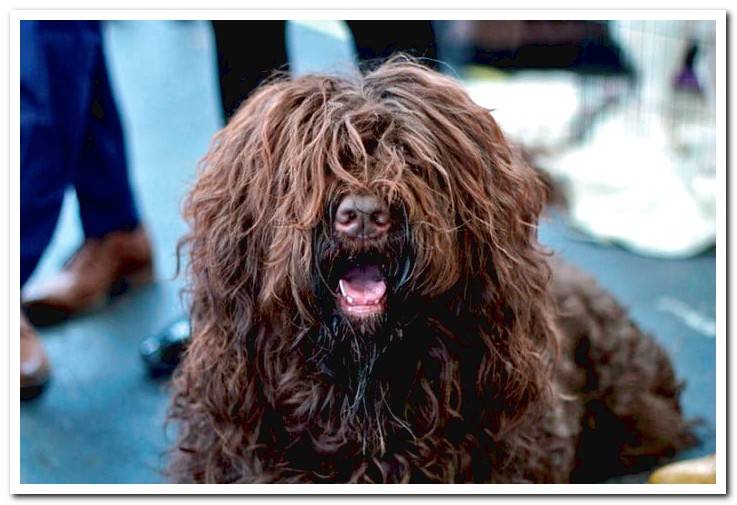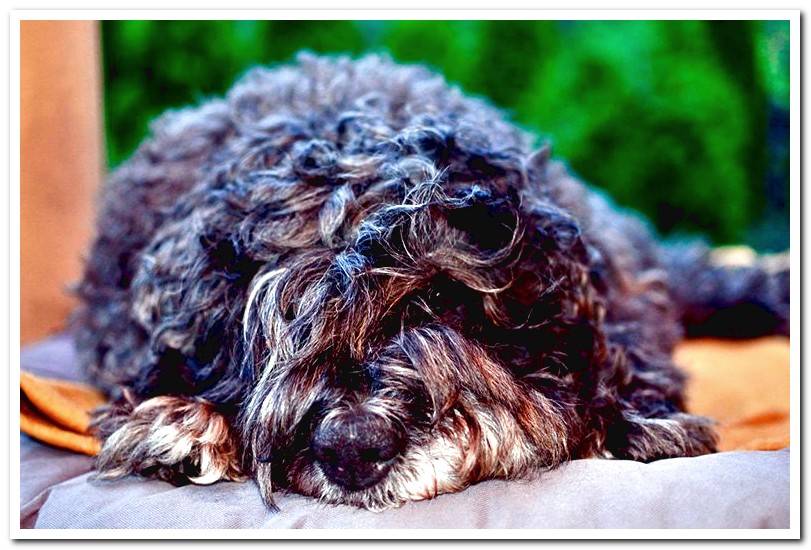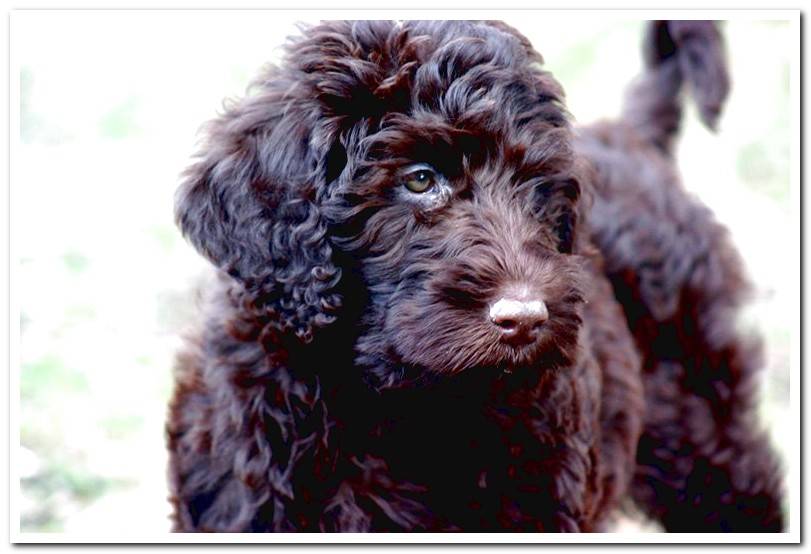
The Barbet or French water dog is a breed that has existed since the 16th century. It is a medium-sized dog with abundant coat and faithful personality, ideal companion for families looking for a loving pet.
In addition, the Barbet loves water and outdoor activities, although it requires specific care to keep its coat curled. Do you want to know all the details about this breed? We will tell you!
Index of contents
- 1 Barbet breed history
- 2 Characteristics of the Barbet dog breed
- 3 How is the character of a Barbet?
- 4 Recommended care for the Barbet breed
- 5 How is the health of a Barbet?
Barbet breed history
It is unclear when this water dog started to breed, but in France there are written records from the sixteenth century. It may be older, but it is impossible to be sure. At that time, the Barbet was used as a collection dog for aquatic pieces, that is, it was in charge of looking for hunted animals that had fallen into the water.
During World War II, this cute little dog was on the verge of extinction. However, some groups of breed lovers managed to revive breeding of the breed and prevented it from disappearing. Today, it is considered a classic and ancient breed of dog.
Characteristics of the Barbet dog breed
We are in front of a medium breed with long body and short snout. The skull is round and wide, accompanied by thick lips and low, flat and wide ears.
The eyes, meanwhile, are round. The edge of the eyelids is black or brown, while the iris is black. The coat is thick and abundant. In all specimens a long beard is formed under the chin.
|
|
Height between 58 and 65 cm in males and between 53 and 62 cm in females |
|
|
Weight of between 30 and 40 kg in males and females |
|
|
Long, shaggy and curly hair. In sand, black, brown and / or gray tone |
|
|
Sociable, playful and faithful character |
|
|
Good health although at risk of suffering some pathologies |
|
|
Estimated life expectancy between 12 and 14 years |

How is the character of a Barbet?
The Barbet water dog is ideal for those families with children, because its docile, friendly and playful character make it an excellent companion.
Thanks to this sociable personality, you will enjoy a lot with him on visits to parks or places where he can interact with people and other dogs with which to play. Puppy socialization will be very simple.
A particularity of Barbet’s character is its love of water and water activities, reminiscent of the centuries that the breed was used as a hunting lifter. Thanks to this, he loves having fun with the family in swimming pools or during visits to mountains, although it is advisable to stay vigilant to avoid accidents.
Recommended care for the Barbet breed
Barbet’s main care should focus on keep the coat. Being medium-long, it needs to be brushed 2-3 times a week, with special care to undo any possible knots.
- How to brush a dog’s hair correctly
The nails of this breed grow strong and fast, so it also requires a regular cut if they do not wear out naturally. Likewise, the abundant fur around the ears can become a focus of infections, it is advisable to periodically check to ensure that it is free of wax and dirt.
As for food, it must correspond to the weight and age of the dog. Canine treats and snacks are recommended during training, but without abusing them, as this cute dog easily develop obesity.

How is the health of a Barbet?
Fortunately, the French water dog or Barbet is in very good health. He will seldom get sick if we follow the immunization schedule and deworming, in addition to providing adequate food and physical exercise.
Still, there are some genetic diseases you may have:
- Hip dysplasia: An inherited disorder that affects the hip bones, causes pain, trouble moving the legs, and a limp.
- Elbow dysplasia: It is a degenerative disease that manifests itself in walking problems, pain and lameness.
- Progressive retinal atrophy: hereditary disease that causes blindness.
